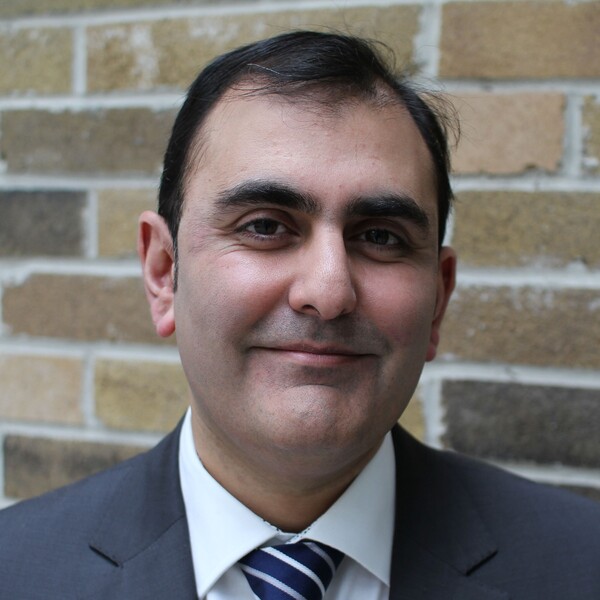Main Second Level Navigation
Assistant Professor
Bilal Ansari
Anesthesia
MD, FRCPC, FCARCSI

Location
University Health Network - Toronto General Hospital
Address
200 Elizabeth Street, Toronto, Ontario Canada M5G 2C4
Research Interests
ARDS and Ventilator Induced Lung Injury, Fluid Responsiveness, Perioperative Transesophageal Echocardiography, Recovery After Surgery
Clinical Interests
Cardiovascular anesthesia, Perioperative Transesophageal Echocardiography, Fluid Responsiveness, Cardiovascular Critical Care
Appointment Status
Primary
Accepting
contact faculty member for more information
Graduate of School of Medicine, NUI Galway and College of Anesthetists of Ireland Masters Doctorate (Research) in Anesthesia - Lung Biology Cardiothoracic and ECMO fellowships from Papworth Hospital, Cambridge UK Cardiovascular Anesthesia Fellowship, Toronto General Hospital European and North American Certification in Transesophageal Echocardiography Current Anesthesia Fellowship Co-director, Toronto General Hospital Current Quality Improvement Site Lead, Toronto General Hospital.